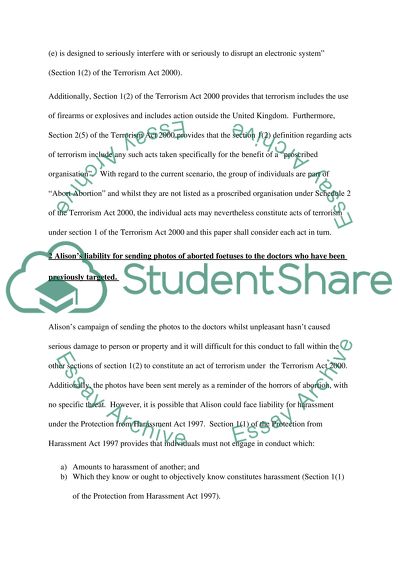Cite this document
(“Section 1 of the Terrorism Act 2000 Essay Example | Topics and Well Written Essays - 2000 words”, n.d.)
Retrieved from https://studentshare.org/environmental-studies/1413443-section
Retrieved from https://studentshare.org/environmental-studies/1413443-section
(Section 1 of the Terrorism Act 2000 Essay Example | Topics and Well Written Essays - 2000 Words)
https://studentshare.org/environmental-studies/1413443-section.
https://studentshare.org/environmental-studies/1413443-section.
“Section 1 of the Terrorism Act 2000 Essay Example | Topics and Well Written Essays - 2000 Words”, n.d. https://studentshare.org/environmental-studies/1413443-section.


